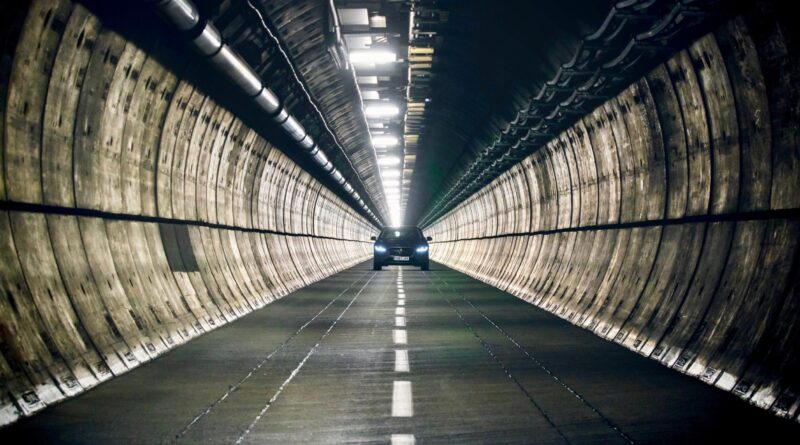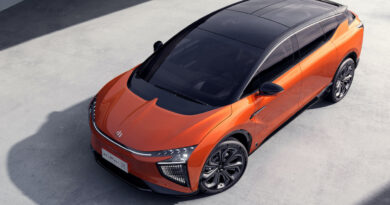How far will my EV drive?
It depends…
Battery capacity is the major factor affecting driving range. Driving style will also have an impact on range, as will traffic and weather conditions (and not always in ways you would expect).
Bigger and more costly EVs have bigger and more costly battery packs that store more electrical energy, typically in the 70 to 100kWh range.
Smaller and less costly EVs have smaller and less costly battery packs, for two reasons. Batteries are expensive, so a smaller pack means a more affordable EV. Also, there’s simply less space for bulky battery packs in more compact vehicles, accounting for typical capacities in the 30 to 60kWh range.
As with fuel-burning vehicles, small and light is more energy efficient than large and weighty. Smaller EVs use fewer kWh/100km. Despite their efficiency disadvantage, the big battery packs of large EVs gives them a longer driving range.
So there are big differences in how far you can drive an EV before needing to charge. Some early EVs could only drive around 100 to 150km before needing to plug in, but most modern EVs can typically travel at least 250km and some will make it to 400km, or beyond.
Unlike conventional cars, EVs are at their most energy efficient in urban driving. Any EV is likely to drive further between charges around town than out in the country.
In any kind of car, EVs included, aggressive driving isn’t good for efficiency. Repeated hard acceleration will drain the battery pack faster, especially in high-performance models.
Battery packs will also drain faster in hot or cold weather, for a couple of reasons. Firstly, heating or cooling the interior uses electricity that could otherwise be used to turn the wheels. Secondly, battery packs have a thermal comfort zone that’s roughly the same as a human being, and they don’t work well outside of it. In extreme temperatures the battery pack will require heating or cooling, again consuming energy that would otherwise have been used to power the car.
Read all our EV advice and FAQ.




